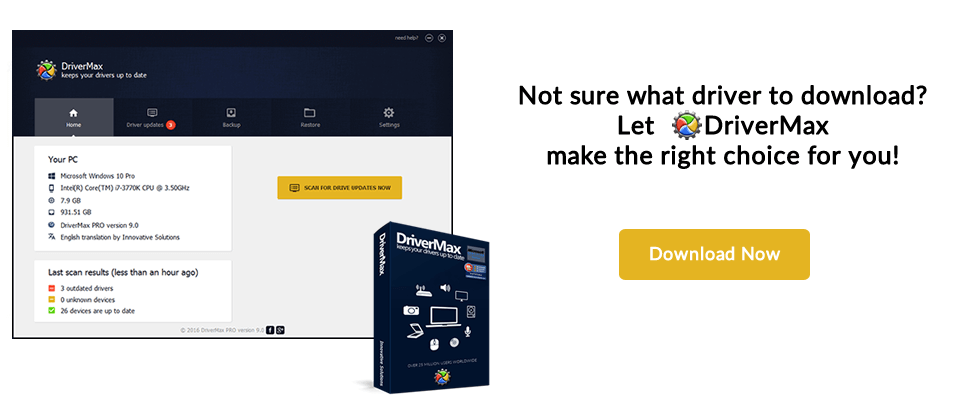
Advertising seems to be blocked by your browser.
The ads help us provide this software and web site to you for free.
Please support our project by allowing our site to show ads.
KINECT FOR WINDOWS Driver Manufactures
Description extracted from Wikipedia:
| Name | Kinect |
| Developer | Microsoft |
Kinect (codenamed Project Natal during development) is a line of motion sensing input devices produced by Microsoft and first released in 2010. The technology includes a set of hardware originally developed by PrimeSense, incorporating RGB cameras, infrared projectors and detectors that mapped depth through either structured light or time of flight calculations, and a microphone array, along with software and artificial intelligence from Microsoft to allow the device to perform real-time gesture recognition, speech recognition and body skeletal detection for up to four people, among other capabilities. This enables Kinect to be used as a hands-free natural user interface device to interact with a computer system. Kinect is a peripheral that sits atop the user's display similar to a webcam. Kinect originated as a means to eliminate the game controller from Microsoft's Xbox video game hardware, competing with the Nintendo Wii's own motion-sensing capabilities, hoping to draw a larger audience beyond traditional video game players to the Xbox. Kinect first launched as an add-on for the Xbox 360 in November 2010, and within a few months more than 10 million units had been sold, making it one of the fastest-selling computer hardware products at the time. However, video games had to be developed to specifically incorporate the Kinect's features, and the bulk of games released with Kinect support were family-friendly titles. As Microsoft developed the successor console, the Xbox One, the company had planned to make the second generation of Kinect hardware a required component of the console, giving a reason for developers to seek to take advantage of it. However, the forced inclusion of Kinect raised concerns related to privacy, and among other major changes, Microsoft eventually eliminated the requirement for Kinect to be always connected to the Xbox One, though still bundled Kinect with the console on its release in November 2013. A market for Kinect-based games still did not emerge after the Xbox One's launch, and Microsoft eventually eliminated the Kinect from the Xbox One bundles, while later hardware revisions eliminated the Kinect-specific ports on the console, requiring a special USB adapter instead. By 2018, Microsoft had discontinued all Kinect hardware for video games. However, Kinect had found an unexpected home for Microsoft in academics and commercial applications, as the Kinect sensor, at the time, was cheaper and more robust compared to other depth-sensing technology applications. Microsoft now considers non-gaming applications, such as in robotics, medicine, and health care, the primary market for Kinect. Shortly after the November 2010 release, users were able to hack into the Kinect and develop hardware drivers and software interfaces to be used on Microsoft Windows personal computers and other systems. Microsoft, after initially objecting to the potential security issues raised by these hacks, changed course and endorsed these efforts, and released its own software development kit for non-commercial applications. The company later rebranded the Kinect hardware into Kinect for Windows in 2012, allowing for commercial applications. A second-generation Kinect for Windows, based on the Xbox One unit, was released in 2014, though Microsoft ultimately terminated this line and directed users to use the Xbox One Kinect as it was functionally equivalent. Following the discontinuation of the Xbox line of Kinect sensors, Microsoft released a non-gaming version as the Azure Kinect, which incorporates Microsoft Azure cloud computing applications among the device's functionalities. Part of the Kinect technology was also used within Microsoft's Hololens project.


